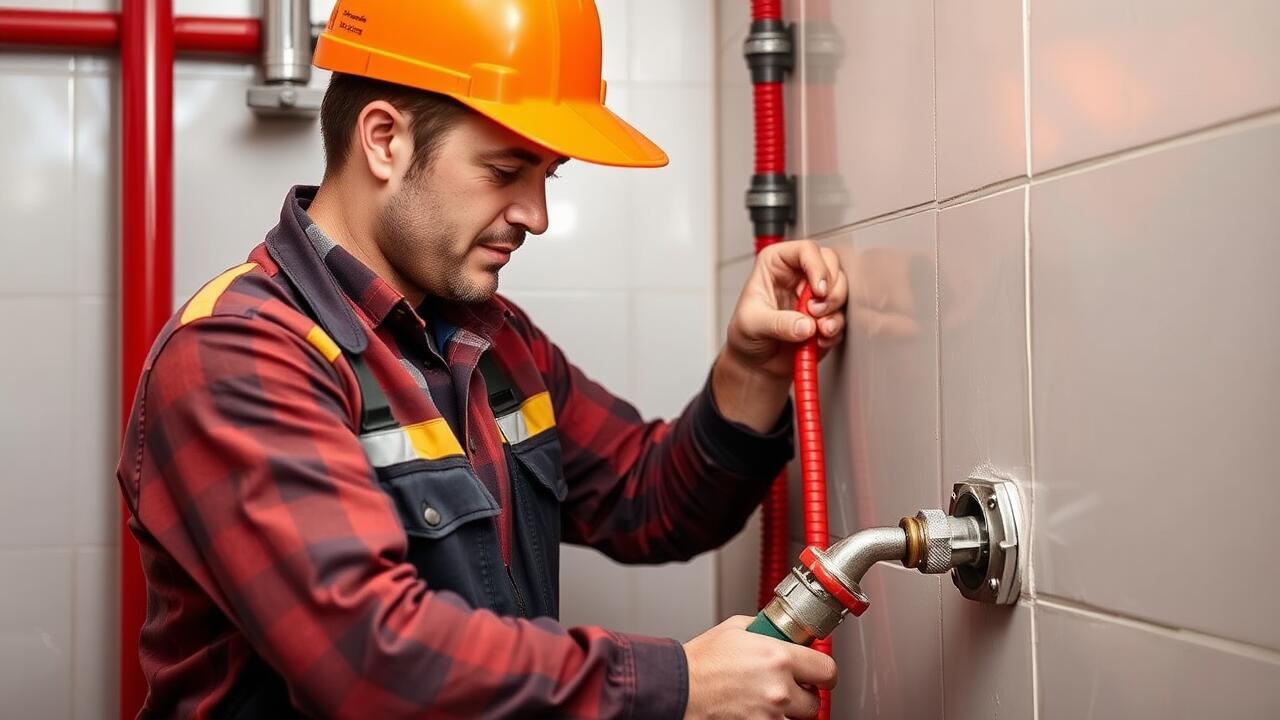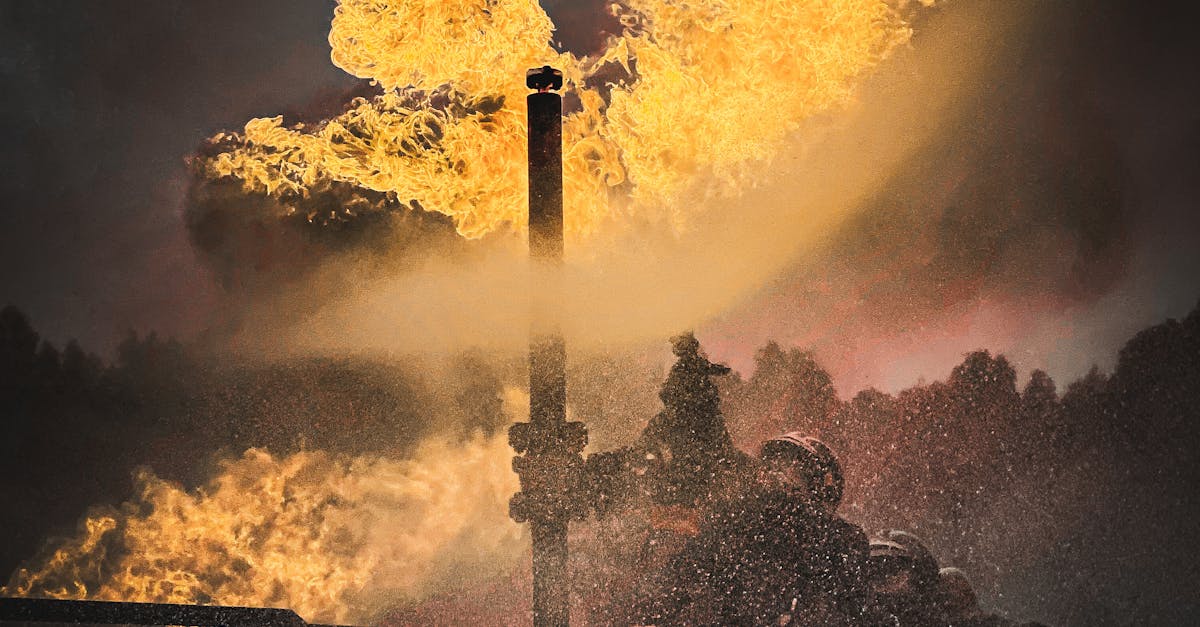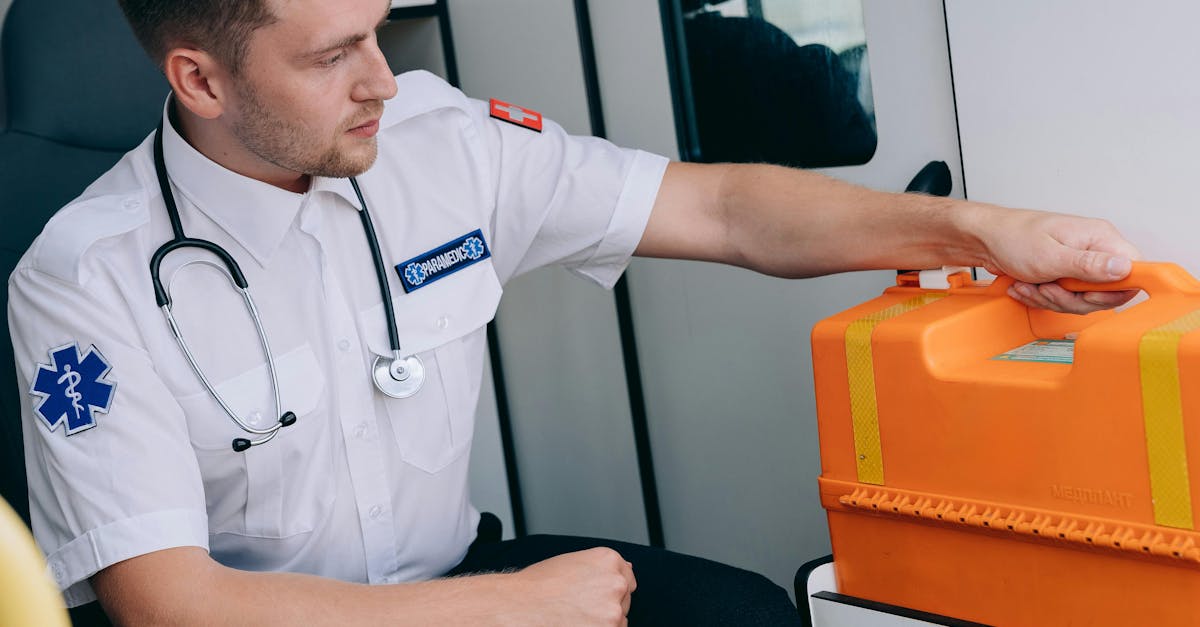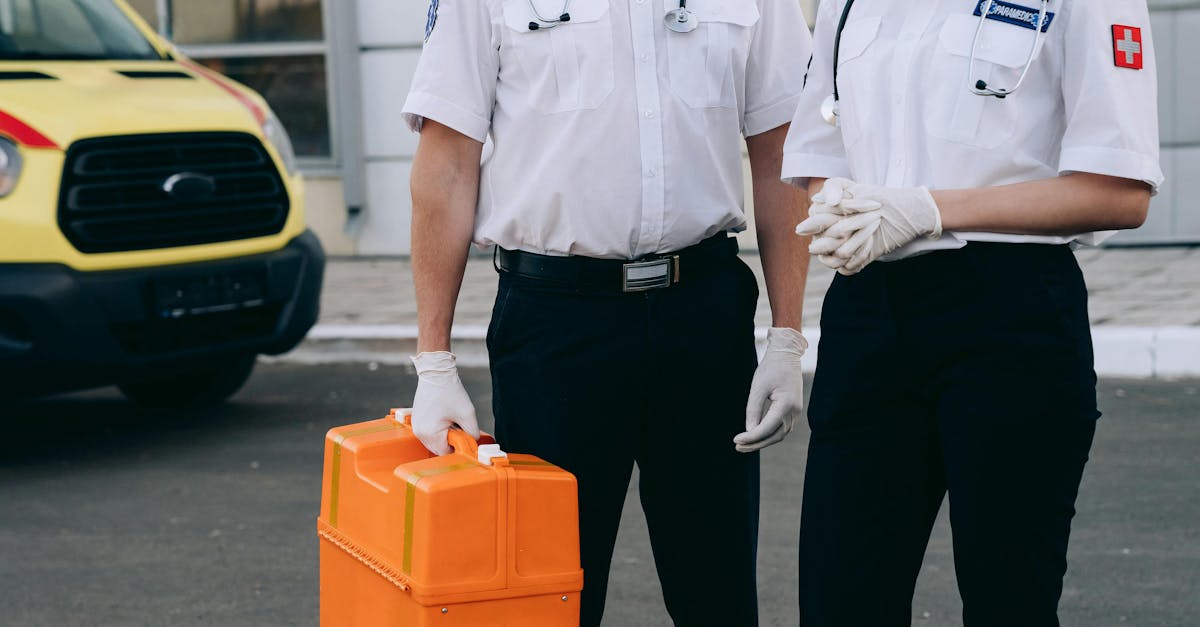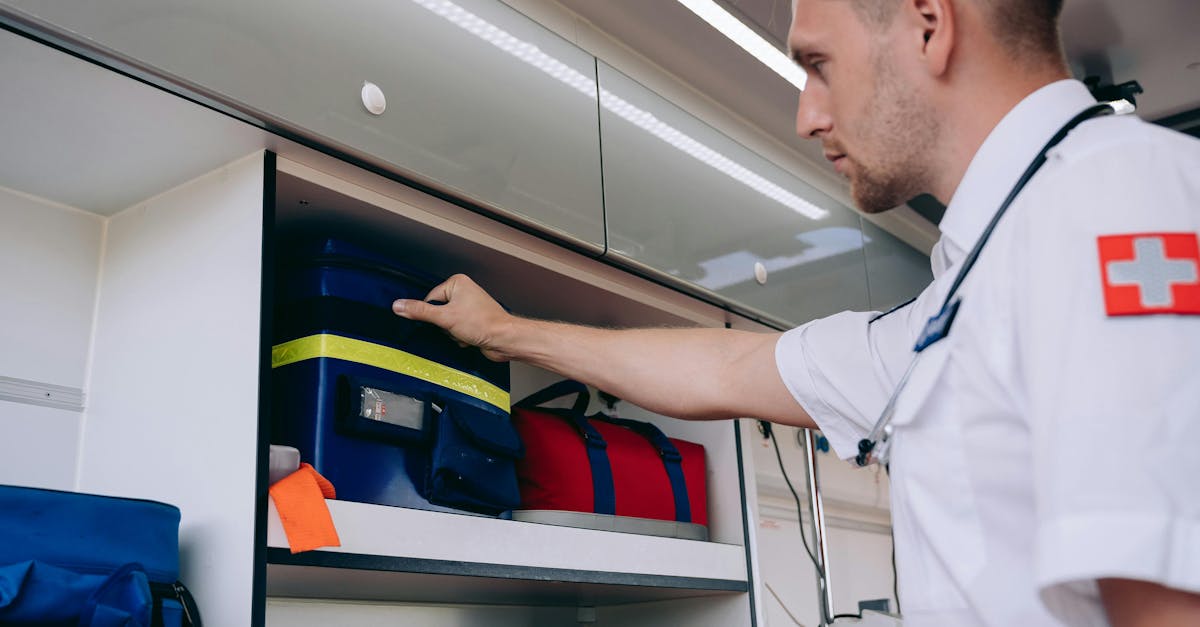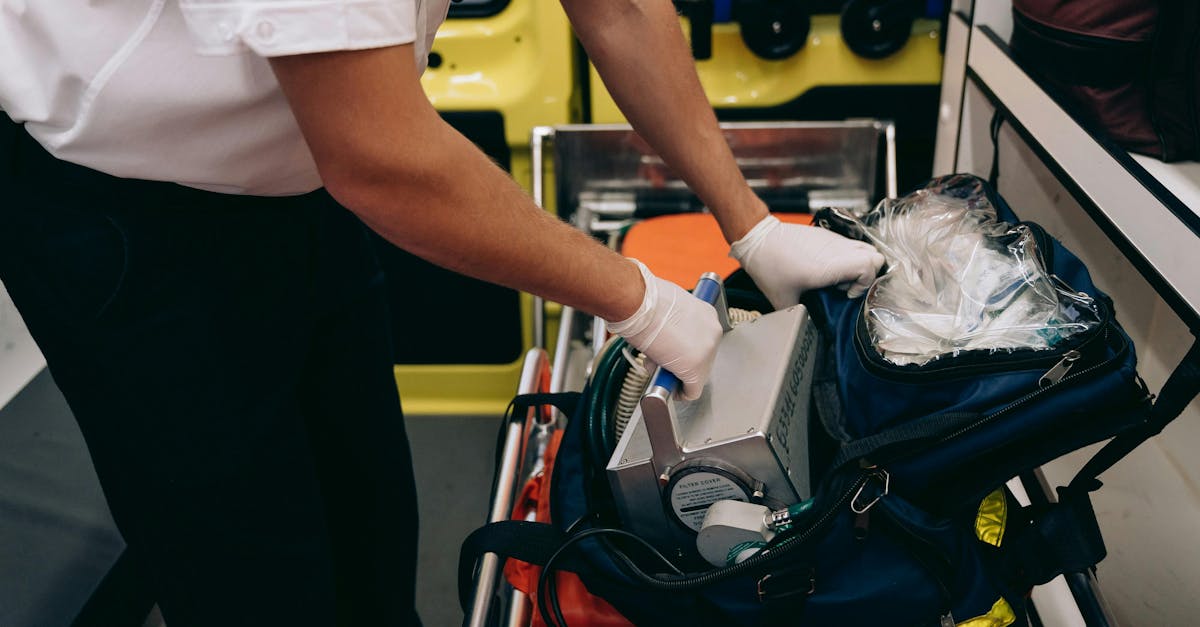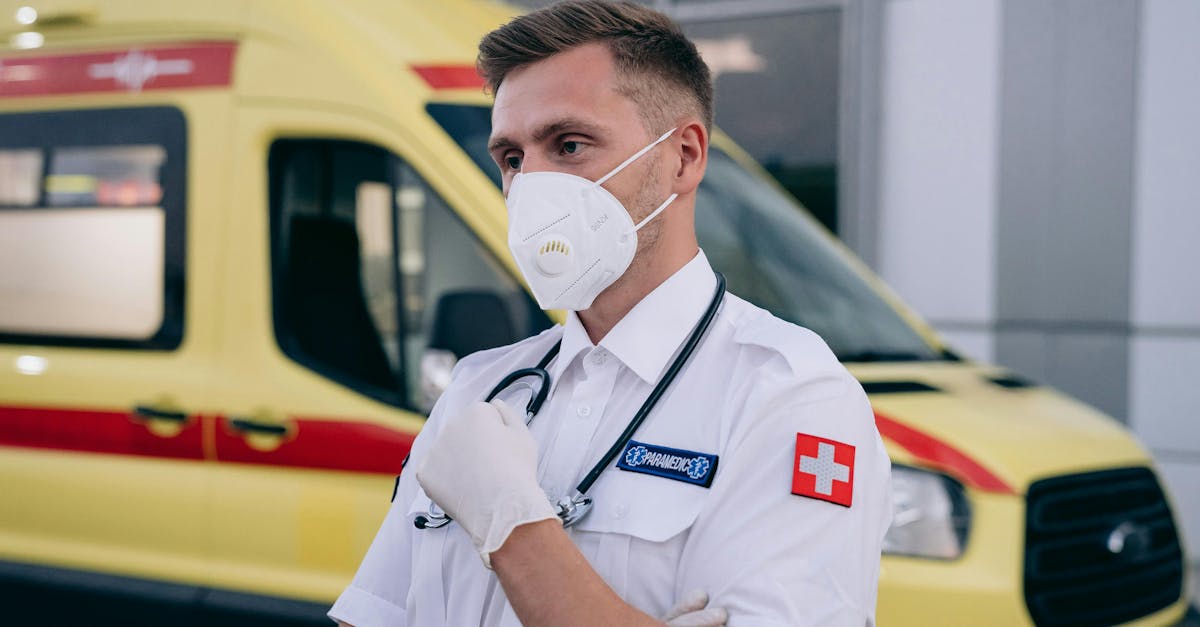
Table Of Contents
Temperature Settings and Adjustments
Temperature settings play a crucial role in the efficiency of your hot water service. Many systems come pre-set at a standard temperature, but homeowners often overlook the need to adjust these settings based on personal preferences and safety guidelines. A typical recommendation is to keep the thermostat between 60°C and 65°C to prevent the risk of scalding while ensuring that the water remains hot enough for daily needs. If the temperature is set too low, it might lead to lukewarm showers and inadequate hot water supply.
If you suspect issues with the temperature settings, consulting a hot water plumber can help in diagnosing the problem effectively. They can provide insight into whether the thermostat is functioning correctly and check for any underlying issues with the heating element. Adjustments may be necessary to align with your household requirements, and professional assistance ensures that changes are made safely and efficiently.
Recommended Temperature Ranges
Setting the appropriate temperature for your hot water system is crucial for both safety and efficiency. The Australian standard recommends that the storage temperature of hot water should be set to at least 60 degrees Celsius. This not only ensures that you have hot water when needed but also helps prevent the growth of harmful bacteria, like Legionella, which thrive in cooler water temperatures.
If the temperature is set too low, you may encounter issues such as lukewarm water and increased health risks. For those unsure about the optimal settings or experiencing persistent problems, consulting a qualified hot water plumber is advisable. They can provide expert guidance and perform any necessary adjustments to ensure your system functions efficiently while maintaining a safe environment.
Impact of Cold Weather on Hot Water Supply
Cold weather can significantly impact the efficiency of hot water systems. As temperatures drop, the water entering the tank can be much colder, which means the heating element or burner will need to work harder to reach the desired temperature. This increased workload can lead to longer wait times for hot water while also putting additional strain on the unit, potentially reducing its lifespan and efficiency.
Homeowners may also encounter issues such as frozen pipes during periods of extreme cold. When pipes freeze, water flow is obstructed, which can prevent hot water from reaching fixtures. It’s advisable to consult a hot water plumber when facing these challenges. They can assess the situation and recommend appropriate measures to mitigate the risks associated with cold weather. Regular maintenance during winter months is essential to ensure the system operates smoothly and efficiently.
Frozen Pipes
Frozen pipes pose a significant risk to your hot water supply. During extreme cold weather, water inside the pipes can freeze, leading to blockages that prevent hot water from flowing to your taps. Once the temperature drops below freezing, any exposed plumbing is at risk, particularly in areas like attics, basements, or outside walls. Homeowners should monitor these vulnerable areas and take precautions to insulate their pipes.
If you suspect frozen pipes, it's advisable to contact a qualified hot water plumber. They can assess the problem and apply the necessary measures to thaw the pipes safely. Attempting to do it yourself may cause further damage, so professional help ensures that the situation is handled correctly. Being mindful of potential freezing will help maintain consistent hot water access throughout cold spells.
Maintenance Practices for Longevity
Regular maintenance of your hot water system is essential for ensuring its longevity and efficiency. Over time, sediment can build up in the tank, affecting its performance and heating capabilities. To prevent this, it's advisable to flush the tank at least once a year. This process helps remove any accumulated debris, allowing the system to operate smoothly and reducing the risk of damage.
Employing the services of a qualified hot water plumber can also enhance the lifespan of your system. They can perform routine inspections, identify potential issues early, and provide expert advice on any necessary repairs or adjustments. By prioritising regular maintenance and consulting with a professional, homeowners can enjoy consistent hot water service and avoid costly repairs in the future.
Regular Flushing of the Tank
Regular flushing of the tank is an essential maintenance practice that ensures the efficient operation of your hot water system. Over time, sediment and minerals can accumulate at the bottom of the tank, leading to decreased heating efficiency and potential damage. Flushing the tank helps remove these deposits, allowing the heating elements to function properly and extending the overall lifespan of the system. It is advisable to perform this maintenance task annually to keep your hot water service in optimal condition.
If you are unsure about how to flush your tank, consulting a hot water plumber can be beneficial. These professionals not only possess the necessary expertise to carry out the procedure safely but can also identify any underlying issues while maintaining your system. Regular maintenance, including flushing, can ultimately save you from costly repairs and ensure a steady supply of hot water for your home.
FAQS
What should I do if my hot water service is not heating up?
First, check the temperature settings and ensure they are correctly adjusted. If the settings seem fine, inspect for any issues such as a power supply problem or a malfunctioning thermostat.
How can cold weather affect my hot water supply?
Cold weather can impact your hot water supply by causing pipes to freeze, which can prevent hot water from reaching your taps. It's important to insulate your pipes during colder months to prevent this issue.
What are the recommended temperature ranges for my hot water service?
The Australian standard recommends setting your hot water service temperature between 60°C and 65°C to ensure safety and efficiency.
How often should I flush my hot water tank?
It's recommended to flush your hot water tank at least once a year to remove sediment buildup and improve efficiency. Regular maintenance can help prolong the life of your system.
Can a faulty thermostat cause my hot water service to stop heating?
Yes, a faulty thermostat can prevent your hot water system from heating properly. If you suspect this is the case, it's best to consult a qualified technician to diagnose and fix the issue.
